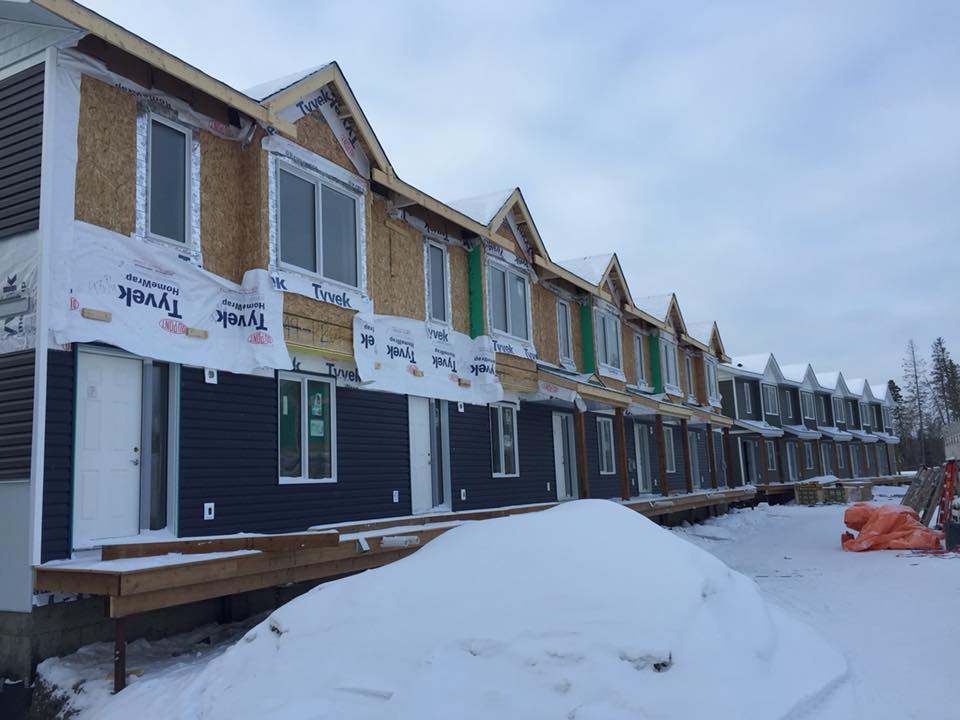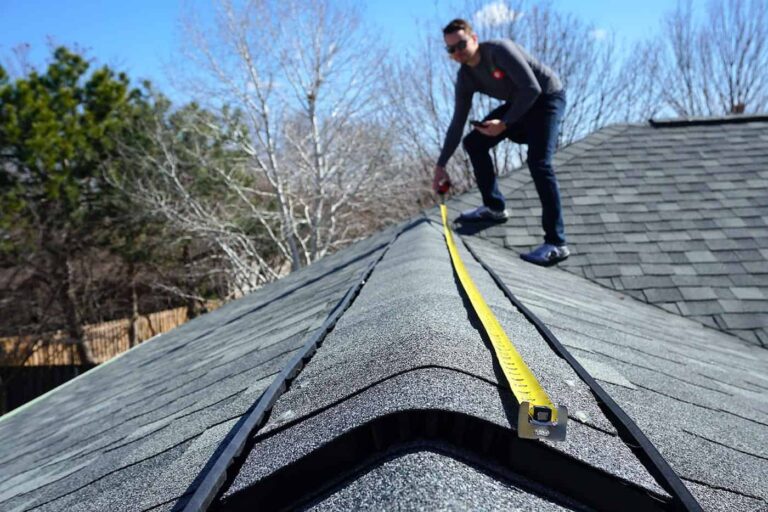Stay Safe and Warm This Winter: Preventing Dangerous Roof Situations
Your roof protects your home from the elements and keeps you warm and dry. However, it presents specific dangers, especially during the winter when you need to be more careful than usual. Read on to learn how you can better deal with all the snow and ice this winter.
Prevent a Roof Collapse
There’s no way to overstate how dangerous a roof collapse would be to your family and your property. But before you can avoid this scenario, you need to understand what to look for.
How to Know Your Roof is in Danger
If you can see a sagging roof, obviously there is a problem. Here are a few other signs that your roof might be on the verge of collapsing:
- Cracking, popping, or creaking noises
- Roof leaks, particularly if they’re severe
- Doors that suddenly pop open
- Cracks in the wall
- Bowed pipes
- Windows and doors that have to be forced open
If you start to notice the first two warning signs, get out of the house immediately and call a roofing professional.
How to Clear Off the Snow
Although snow may seem light and fluffy, it’s a fact that wet, packed snow can be extremely heavy. Sixty centimetres of snow accumulation on a roof can weigh over 17,000 kg, which can strain your roof. After a snow storm, it is important to clear your roof to prevent a collapse.
Do not get on the roof to try and clear it off. Your weight might be the tipping point that causes the roof to collapse, or you could easily lose your footing on a sheet of ice.
Instead, purchase a snow rake and remove the snow along the roof’s slope. Start at the bottom and work your way up. If your snow rake does not reach high enough, use an extender.
Avoid metal snow rakes; if you accidentally touch an electrical line, the consequences may be catastrophic.
Get Rid of Icicles
The icicles that form on your siding and eaves troughs are massive liabilities. Not only can falling ice hurt people, but also the ice build-up itself can damage your roof and cause leaks. To counteract this possibility, regularly inspect your home for icicles. They are a lot easier to dislodge when they are small and manageable.
To get rid of ice, rest an extendable ladder against the siding, avoiding pressure on eaves troughs. Bring a friend along to help steady the ladder.
Make sure your friend is not standing below you, then use a hammer (or an ice pick, if you have one) to remove the icicles. Remove any debris that might encourage more icicles to form. For example, twigs and leaves attract moisture, so get rid of those.
Avoid a Leaky Roof
Roofs often develop leaks during the winter because of ice dams. If a roof is not well insulated, warm air will escape and melt the bottom layer of snow on your shingles. The water will then travel down the roof into the eaves troughs.
As frigid air hits the water, it will freeze and form an ice dam. The ice dam then blocks water from flowing into the eaves troughs, so the water backs up underneath the shingles. Eventually, the water seeps into the ceiling.
Be proactive. Before winter starts, call a roofing professional to check your insulation and ventilation to avoid costly leaks in the future. If your roof develops a leak, call a professional to locate and fix it.







